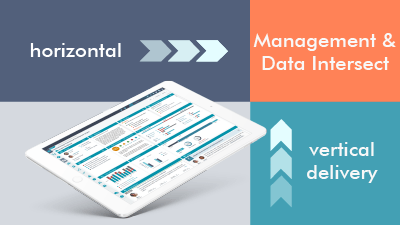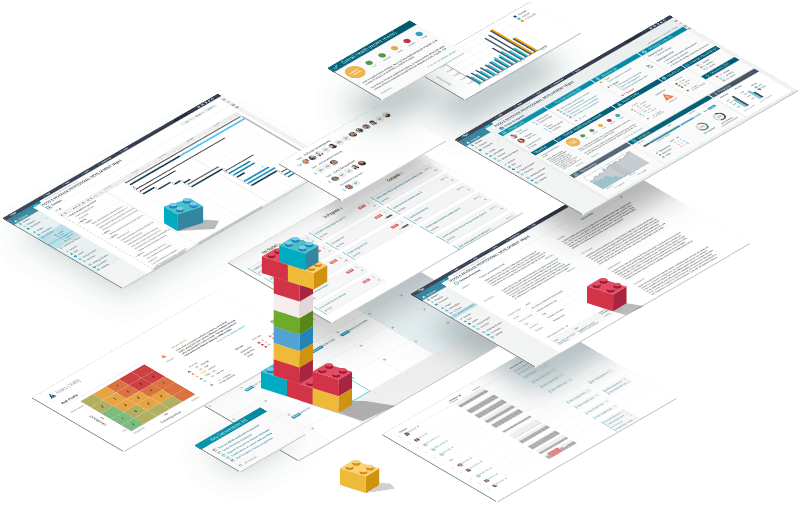Manage and govern all your projects of whatever type, size and complexity.
Recognise there is no one-size-fits-all approach to projects, nor set methodology.
Key Features of Projects
- Socialise the management of work (Activities, Business Services, Projects) using the disciplines of project management.
- Focus on working together with a focus on absolute success for people, teams and business.
- Apply approved toolsets and approaches to ensure consistent ways of working, while still allowing sufficient flexibility to accommodate real-world demands.
- Apply methods-that-work, including smart blending of waterfall and agile, when appropriate.
- Design your project ‘systems’ to seamlessly scale from micro-projects to megaprojects.
- Support the importance of ‘business-as-usual’ by ensuring a strong alignment between BAU and their related ‘change’ projects.
Projects from micro to Mega
The Project Toolkit
Organizations rely on projects to instigate changes and grow value and to move from an ad-hoc system of ‘doing-a-project’ to one that is integrated, robust, repeatable and auditable. This requires the active ownership, involvement and understanding of senior management. They will be supported by properly trained and qualified project personnel who have the authority and capability to implement best practice approaches.
Projects are the change vehicles for many organizations and are critical to business success and growth. Projects will differ in terms of size, complexity, value to the business, and management requirements. The tools you choose to use will depend on all these factors.
Toolkit includes:
- Alignment to Strategies
- Escalation
- Conversations
- Template generation
- Deliverables
- Change Requests
- KanBan Board
- Reports
- Portal
- Registers
- Events
- Meetings
- Documents
- Baselines
- Lifecycles
- Prioritization
Great people deliver great projects
The best projects are invariably about great people, with the right skills, experience, belief, aptitude and attitude, who enjoy working together. The key to effective project management remains the people, both from a technical (hard skills) and behavioural (soft skills) perspective.
Organizations balance corporate rules, procedures and reports, with the need to build projects around their people. Keeping things lean enables the delivery of projects at lower cost, with fewer people, and to much higher levels of success.
The best teams are often made up of a mix of conversationalists; people known for diverse thinking; subject matter experts; and people who just get stuff down. They also enjoy the latitude to pivot as things inevitably change around them.

Use methods and tools that suit your needs

Projects should be kept as simple as possible to enable teams to work effectively together, and for business stakeholders to clearly understand the current state-of-play.
Projects are multi-modal. This means agile and linear methods can co-exist rather than compete. Basically, the key is to use whatever methods work.
The project plan should be appropriate for the size and complexity of the project. One way is to start with a simple, single on-line template, and then mobilize additional functions and features, only as required. This could include dividing large projects into smaller entities, linked through cross-project-dependencies (XPD's).
Projects - Quick Tips
- Set a Minimal Operating Standard and Feature Set for projects and stick to it.
- Invite your project managers to use your approved approaches and toolkits rather than their own.
- Expand your Project Management capability and IP by using on-line conversations and #tags to crowdsource projects across your programme and project teams.






